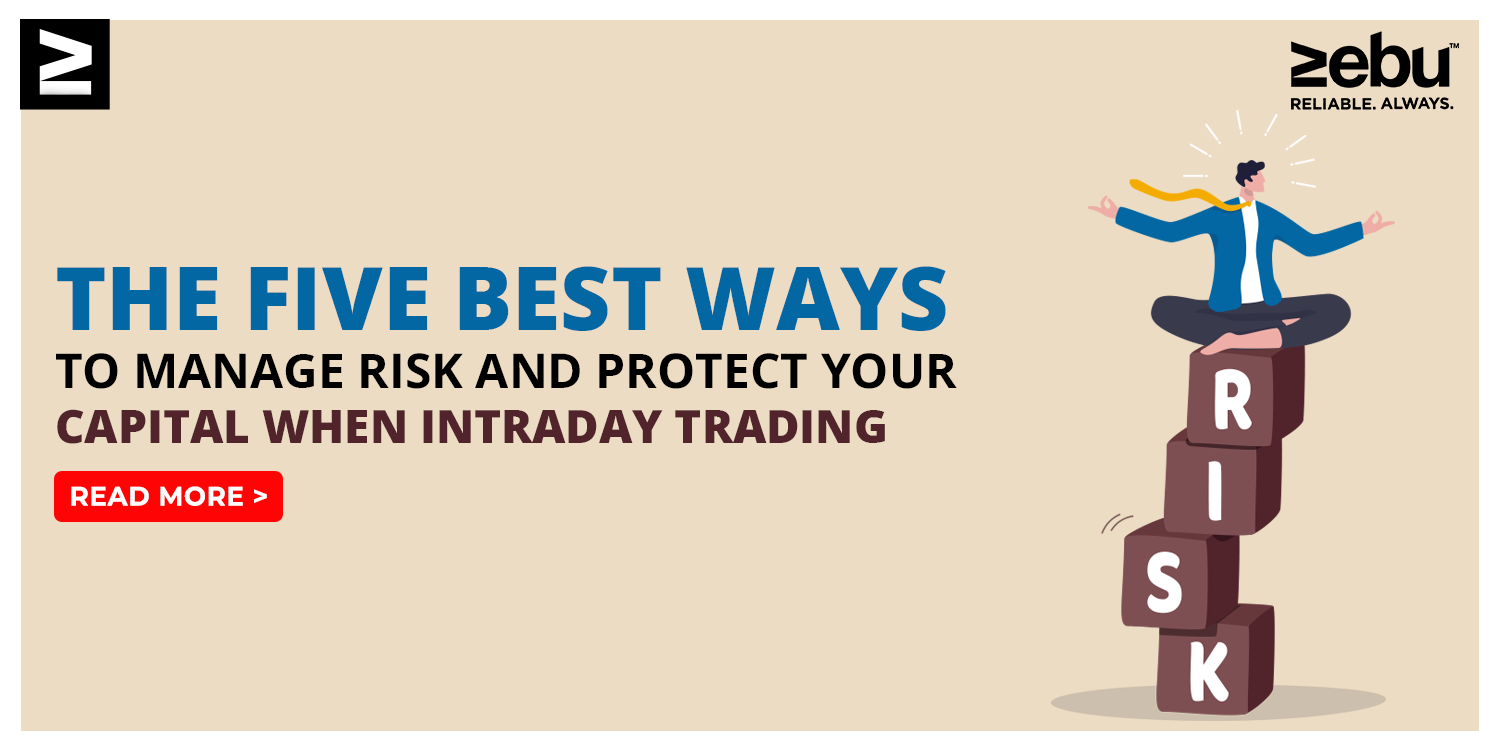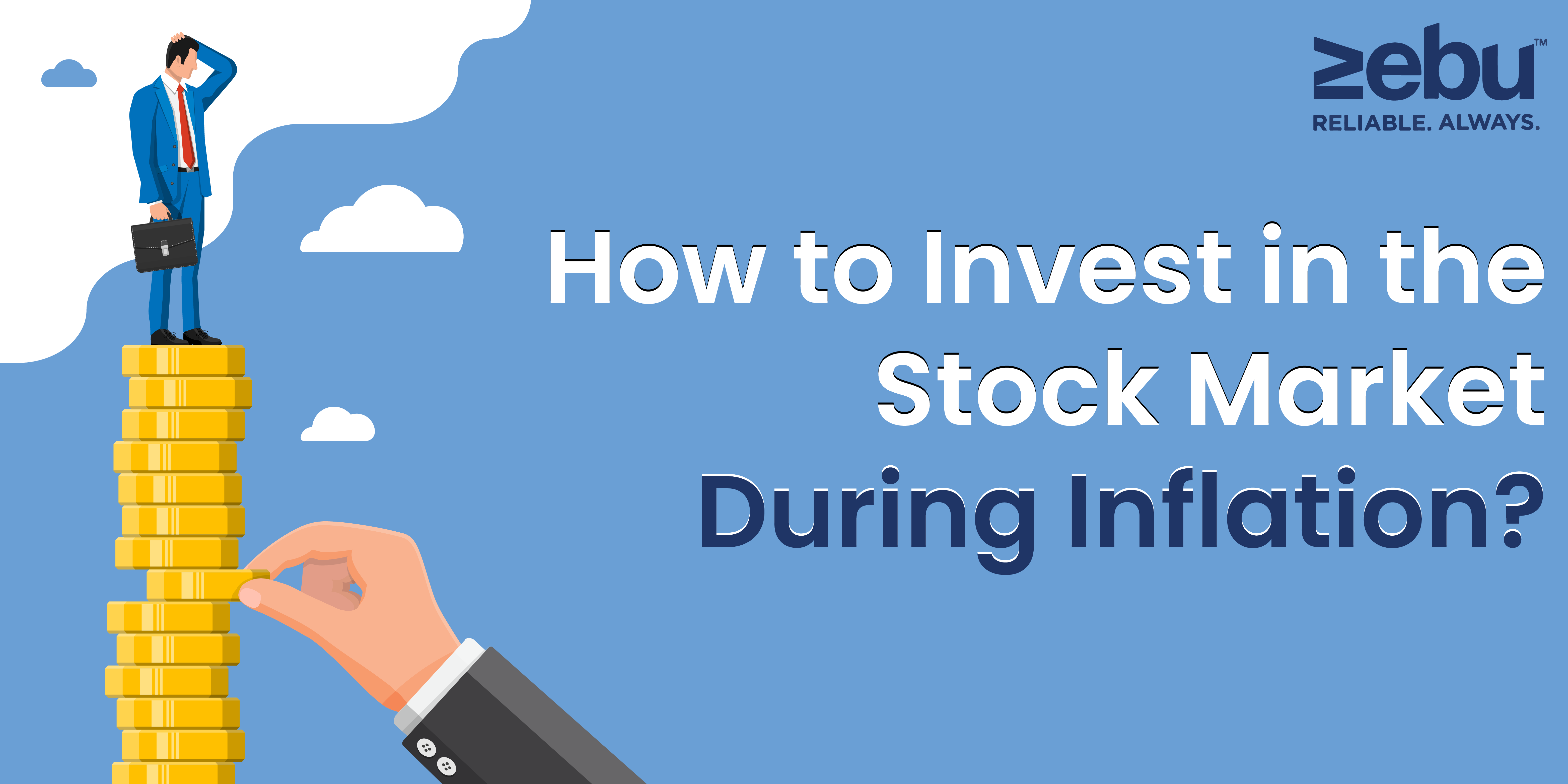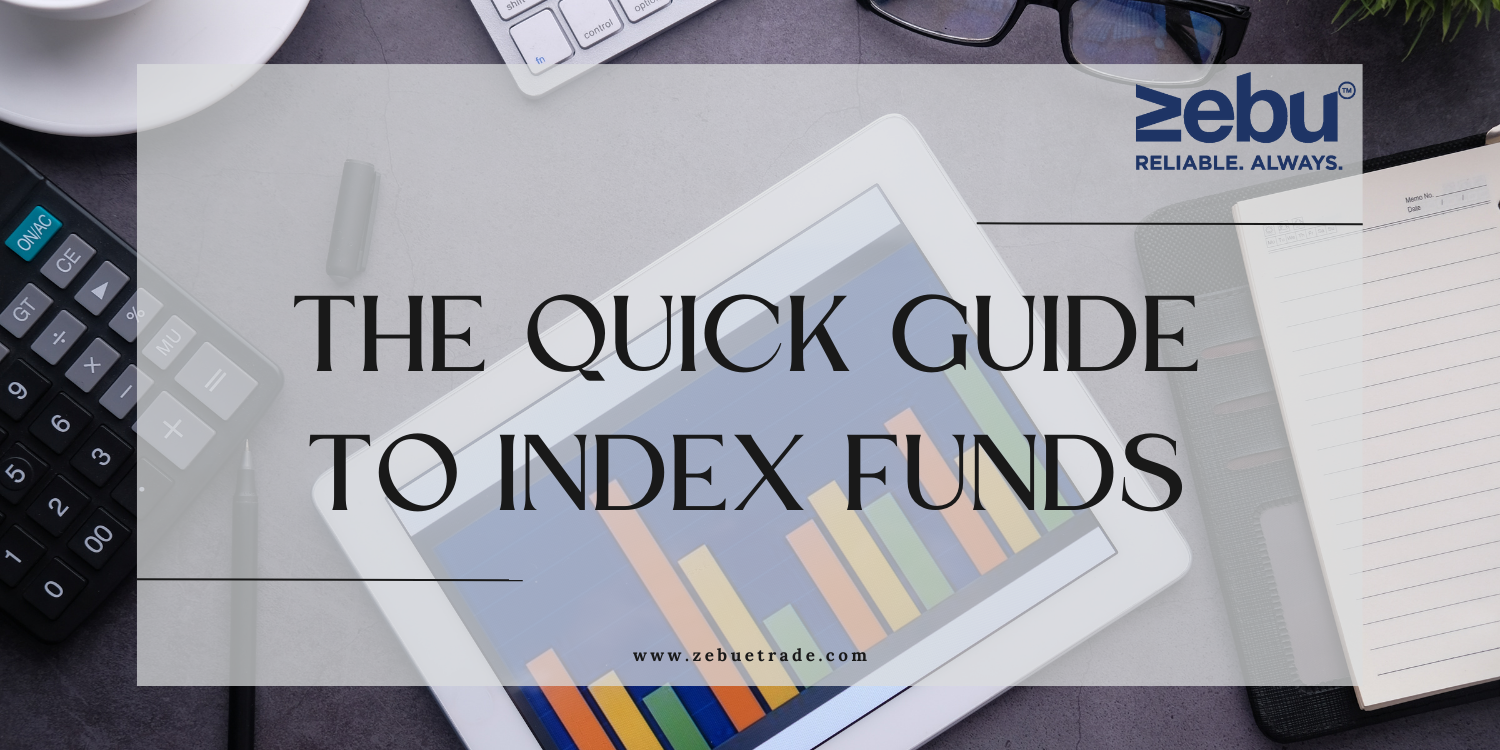
As a positional trader, you probably want to keep your positions open for longer so you can take advantage of bigger price changes in the market. But there is always a chance of losing money when trading, and that’s where hedging comes in. Hedging is a way to reduce risk by taking another position in a different market or asset. This helps to make up for any possible losses. In this blog post, we’ll talk about how positional traders can use hedging strategies to manage risk and protect profits.
Diversification: Positional traders often use diversification as a way to reduce risk. It means putting your money in many different markets or assets to lower the risk of losing everything. By spreading your risk across multiple markets or assets, or “diversifying your portfolio,” you can lessen the impact of any one investment.
Shorting, which is also known as short selling, is another popular way for positional traders to protect themselves from risk. It means selling something you don’t own in the hopes of buying it back later for less money. When you short, you can protect your long position from a possible loss. For example, if you own a lot of a stock and are worried that its price might go down, you can sell short the same stock to make up for what you might lose.
Options: Another popular way for positional traders to protect themselves is to use options. They let traders protect their positions from price changes that might happen. For example, a call option gives the holder the right to buy an asset at a certain price, and a put option gives the holder the right to sell an asset at a certain price. Traders can use options to protect their positions from possible losses.
Futures: Futures contracts are another popular way for positional traders to protect themselves. It is a legally binding deal to buy or sell an asset at a certain price on a certain date in the future. Traders can use futures to protect their positions from possible losses. For instance, if a trader has a lot of a certain commodity, they can buy a futures contract to lock in a price for that commodity and protect themselves from a possible price drop.
In the end, hedging is an important way for positional traders to manage risk. Diversification, shorting, options, and futures are some of the most common ways for positional traders to hedge their investments. But it is important for traders to know how to use these strategies well and to combine them with other tools and analysis. Traders can improve their chances of making money on the market and protect their profits by taking the time to learn and understand hedging strategies.
Let’s look at some of the most popular positional trading strategies and how traders can use them to increase their chances of success.
Breakout Strategy: The breakout strategy is a popular positional trading strategy that tries to catch the momentum of a stock or other asset when it breaks out of a key resistance or support level. Traders will find key levels of support and resistance, and when a stock breaks above resistance or below support, they will either buy or sell the stock. This strategy is often used with other technical indicators like moving averages or Bollinger bands to confirm the breakout.
Trend Following Strategy: This is another popular positional trading strategy that tries to take advantage of a market that is moving in a certain direction. When the market is going up, traders will open a long position. When the market is going down, they will open a short position. This strategy can be used with other technical indicators to confirm the trend, such as moving averages or the relative strength index (RSI).
Mean Reversion Strategy: The mean reversion strategy is a positional trading strategy that tries to take advantage of the tendency of a stock or other asset to return to its historical average price. When a stock is undervalued, traders will buy it. When a stock is overvalued, traders will sell it. This strategy can be used with other technical indicators like moving averages or Bollinger bands to confirm the mean reversion.
Positional trading is a popular strategy among traders, and there are different ways to do it. Some of the most popular positional trading strategies are break out, trend following, and mean reversion. But it is important for traders to know how to use these strategies well and to combine them with other tools and analysis. Traders can improve their chances of making money on the market if they take the time to learn and understand these strategies.







